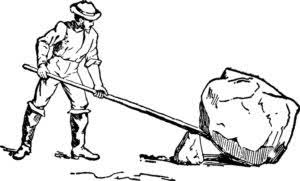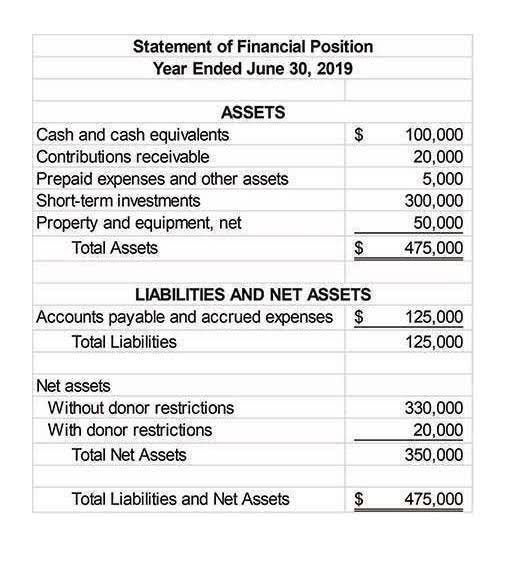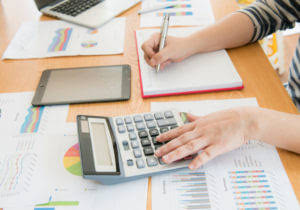Signs That a Salvage Vehicle Could Be a Good Investment

Salvage value is the amount for which the asset can be sold at the end of salvage value example its useful life. For example, if a construction company can sell an inoperable crane for parts at a price of $5,000, that is the crane’s salvage value. If the same crane initially cost the company $50,000, then the total amount depreciated over its useful life is $45,000. Book value is the historical cost of an asset less the accumulated depreciation booked for that asset to date. This amount is carried on a company’s financial statement under noncurrent assets.
Double-Declining Balance

An estimated salvage value can be determined for any asset that a company will be depreciating on its books over time. Some companies may choose to always depreciate an asset to $0 because its salvage value is so minimal. This method of Depreciation results in recording higher Depreciation expenses in earlier years of asset life and lower Depreciation expenses in later years. As a result, the tax provision appears higher during the early years of an asset’s life and declines slowly as it gets closer to its residual value over time.

Everything You Need To Master Financial Modeling

Salvage value is an important concept in accounting and forecasting a company’s financials. Residual value is one of the most important aspects of calculating the terms of a lease. It refers to the future value of a good (typically the future date ledger account is when the lease ends).

Related AccountingTools Courses
This means it will result in a liability for a company to be rid of the asset at the end of its useful life. A strong example is assets that must adhere to regulatory disposal requirements to remove waste without environmental contamination. Salvage value is defined as the book value of the asset once the depreciation has been completely expensed. It is the value a company expects in return for selling or sharing the asset at the end of its life. The majority of companies assume the residual value of an asset at the end of its useful life is zero, which maximizes the depreciation expense (and tax benefits).
- By integrating financial data and automating calculations, Deskera ERP ensures accuracy and consistency in determining salvage values across various asset categories.
- Perhaps the most common calculation of an asset’s salvage value is to assume there will be no salvage value.
- Scrap Value is a projected value of an asset that can’t be used any longer for original purposes.
- By the end of the PP&E’s useful life, the ending balance should be equal to our $200k assumption – which our PP&E schedule below confirms.
In some contexts, residual value refers to the estimated value of the asset at the end of the lease or loan term, which is used to determine the final payment or buyout price. In other contexts, residual value is the value of the asset at the end of its life less costs to dispose of the asset. In many cases, salvage value may only reflect the value of the asset at the end of its life without consideration of selling costs. Overestimation can lead to understated depreciation expenses, affecting financial accuracy. Assume that a plant asset has a cost of $325,000 and is expected to have a salvage value of $25,000 at the end of its 5-year useful life. Other company assets, like vehicles, have a salvage value because they can be sold after their useful lives.
What if the Salvage Value of any Asset is Zero?

While book value reflects the current worth of an asset on the books, salvage value calculates how much it would be worth at the end of its useful life. Both are thus critical to financial reporting, calculating a correct amount of depreciation, and even in the plans of disposal. Therefore, mastering these concepts is vital in asset management and planning for financial well-being in business.
Example of Asset Salvage Value
Sometimes scrap materials can be used as-is and other times they must be processed before they can be reused. An item’s scrap value—also called residual value, break-up value, or salvage value—is determined by the supply and demand for the materials it can be broken down into. For the past 52 years, https://www.bookstime.com/ Harold Averkamp (CPA, MBA) hasworked as an accounting supervisor, manager, consultant, university instructor, and innovator in teaching accounting online. For the past 52 years, Harold Averkamp (CPA, MBA) has worked as an accounting supervisor, manager, consultant, university instructor, and innovator in teaching accounting online.


Bir cevap yazın
Yorum yapabilmek için giriş yapmalısınız.